COSPAR ID 1983-004A Launch date 25 January 1983 | SATCAT no. 13777 Rocket Delta 3000 | |
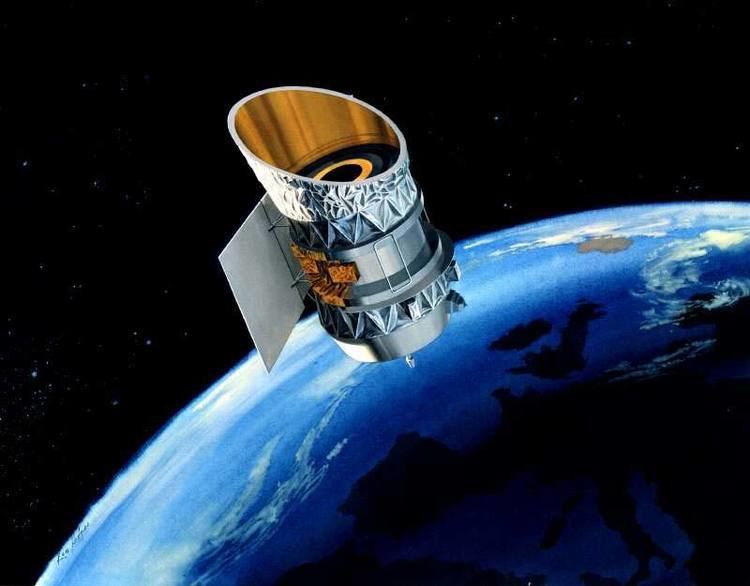 | ||
Mission type Infrared space observatory Website irsa.ipac.caltech.edu/Missions/iras.html Mission duration Final: 9 months, 26 days Manufacturer Ball AerospaceFokker SpaceHollandse Signaal Operators NASA, Netherlands Agency for Aerospace Programmes, Science and Engineering Research Council Similar GALEX, Spitzer Space Telescope, Herschel Space Observatory, Akari, Wide‑field Infrared Survey E | ||
Infrared astronomical satellite iras
The Infrared Astronomical Satellite (IRAS) was the first-ever space telescope to perform a survey of the entire night sky at infrared wavelengths.
Contents
- Infrared astronomical satellite iras
- Nibiru 1983 iras washington post 3wme
- Mission
- Discoveries
- Later surveys
- References
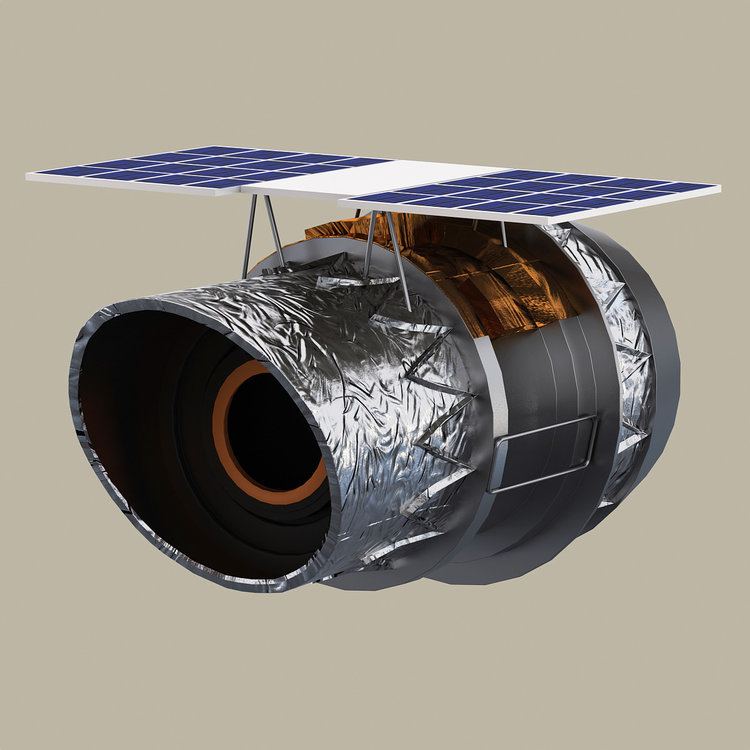
Launched on 25 January 1983, its mission lasted ten months. The telescope was a joint project of the United States (NASA), the Netherlands (NIVR), and the United Kingdom (SERC). Over 250,000 infrared sources were observed at 12, 25, 60, and 100 micrometer wavelengths.
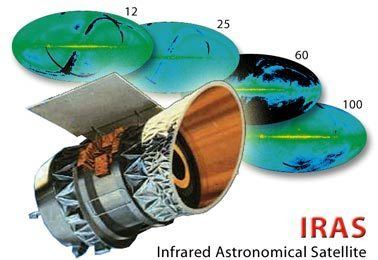
Support for the processing and analysis of data from IRAS was contributed from the Infrared Processing and Analysis Center at the California Institute of Technology. Currently, the Infrared Science Archive at IPAC holds the IRAS archive.
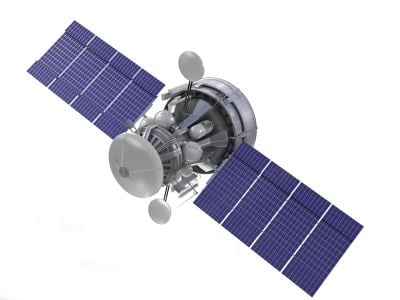
The success of IRAS lead to interest in the 1985 Infrared Telescope (IRT) mission on the Space Shuttle, and the planned Shuttle Infrared Telescope Facility which eventually transformed into the Space Infrared Telescope Facility, SIRTF, which in turn was developed into the Spitzer Space Telescope, launched in 2003. The success of early infrared space astronomy led to further missions, such as the Infrared Space Observatory (1990s) and the Hubble Space Telescope's NICMOS instrument.
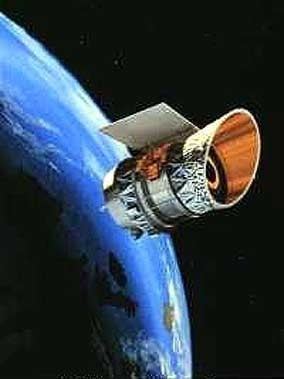
Nibiru 1983 iras washington post 3wme
Mission
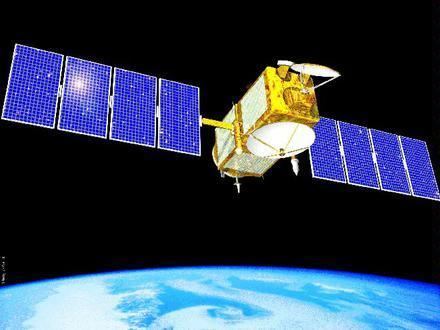
IRAS was the first observatory to perform an all-sky survey at infrared wavelengths. It mapped 96% of the sky four times, at 12, 25, 60 and 100 micrometers, with resolutions ranging from 30 arcseconds at 12 micrometers to 2 arcminutes at 100 micrometers. It discovered about 350,000 sources, many of which are still awaiting identification. About 75,000 of those are believed to be starburst galaxies, still enduring their star-formation stage. Many other sources are normal stars with disks of dust around them, possibly the early stage of planetary system formation. New discoveries included a dust disk around Vega and the first images of the Milky Way's core.
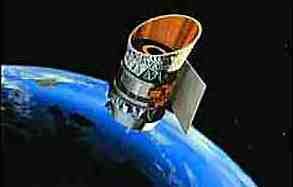
IRAS's life, like that of most infrared satellites that followed, was limited by its cooling system. To effectively work in the infrared domain, a telescope must be cooled to cryogenic temperatures. In IRAS's case, 73 kilograms (161 lb) of superfluid helium kept the telescope at a temperature of 2 K (−271 °C; −456 °F), keeping the satellite cool by evaporation. The on-board supply of liquid helium was depleted after 10 months on 21 November 1983, causing the telescope temperature to rise, preventing further observations. The spacecraft continues to orbit the Earth.
IRAS was designed to catalog fixed sources, so it scanned the same region of sky several times. Jack Meadows led a team at Leicester University, including John Davies and Simon Green, which searched the rejected sources for moving objects. This led to the discovery of three asteroids, including 3200 Phaethon (an Apollo asteroid and the parent body of the Geminid meteor shower), six comets, and a huge dust trail associated with comet 10P/Tempel. The comets included 126P/IRAS, 161P/Hartley–IRAS, and comet IRAS–Araki–Alcock (C/1983 H1), which made a close approach to the Earth in 1983. Out of the six comets IRAS found, four were long period and two were short period comets.
Discoveries
The observatory made headlines briefly with the announcement on 10 December 1983 of the discovery of an "unknown object" at first described as "possibly as large as the giant planet Jupiter and possibly so close to Earth that it would be part of this solar system". Further analysis revealed that, of several unidentified objects, nine were distant galaxies and the tenth was "intergalactic cirrus". None were found to be Solar System bodies.
During its mission, IRAS (and later the Spitzer Space Telescope) detected odd infrared signatures around several stars. This led to the systems being targeted by the Hubble Space Telescope's NICMOS instrument between 1999 and 2006, but nothing was detected. In 2014, using new image processing techniques on the Hubble data, researchers discovered planetary disks around these stars.
Later surveys
Several infrared space telescopes have continued and greatly expanded the study of the infrared Universe, such as the Infrared Space Observatory launched in 1995, the Spitzer Space Telescope launched in 2003, and the Akari Space Telescope launched in 2006.
A next generation of infrared space telescopes began when NASA's Wide-field Infrared Survey Explorer launched on 14 December 2009 aboard a Delta II rocket from Vandenberg Air Force Base. Known as WISE, the telescope provided results hundreds of times more sensitive than IRAS at the shorter wavelengths; it also had an extended mission dubbed NEOWISE beginning in October 2010 after its coolant supply ran out.
